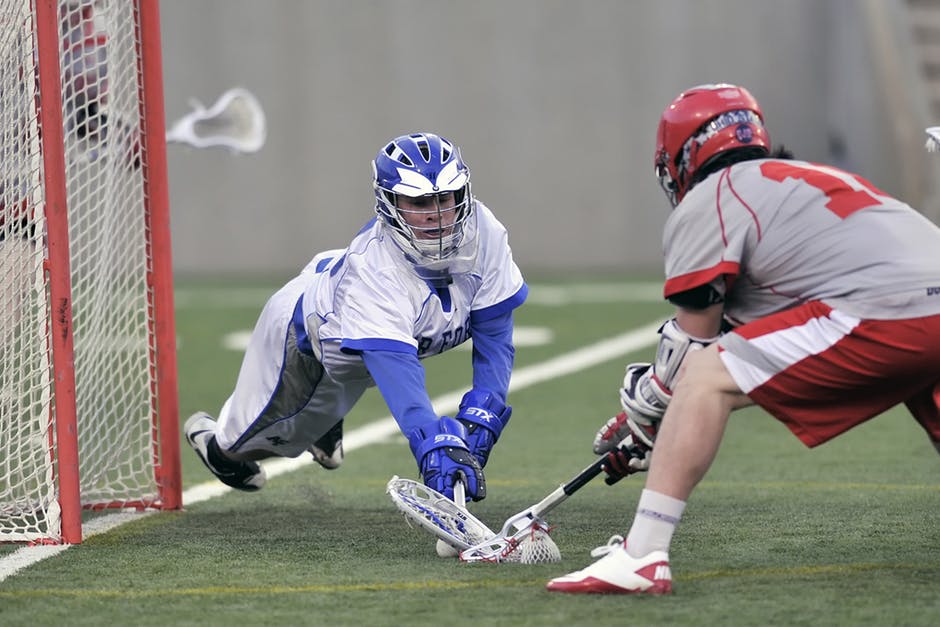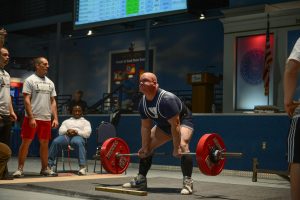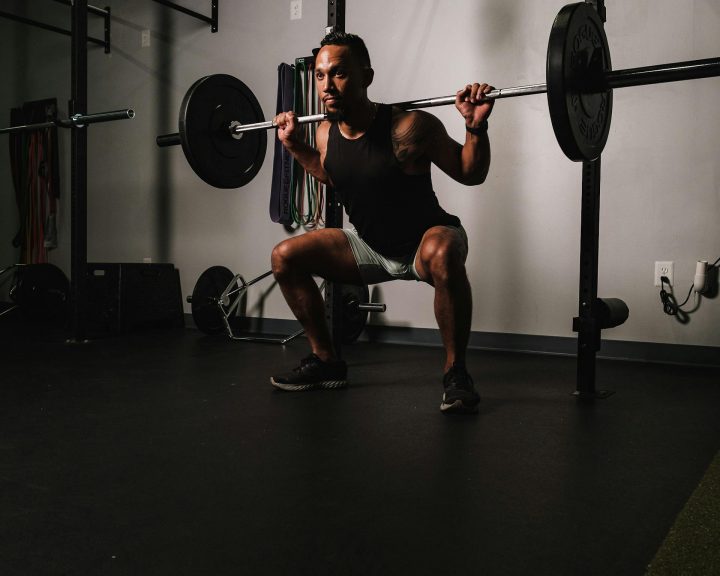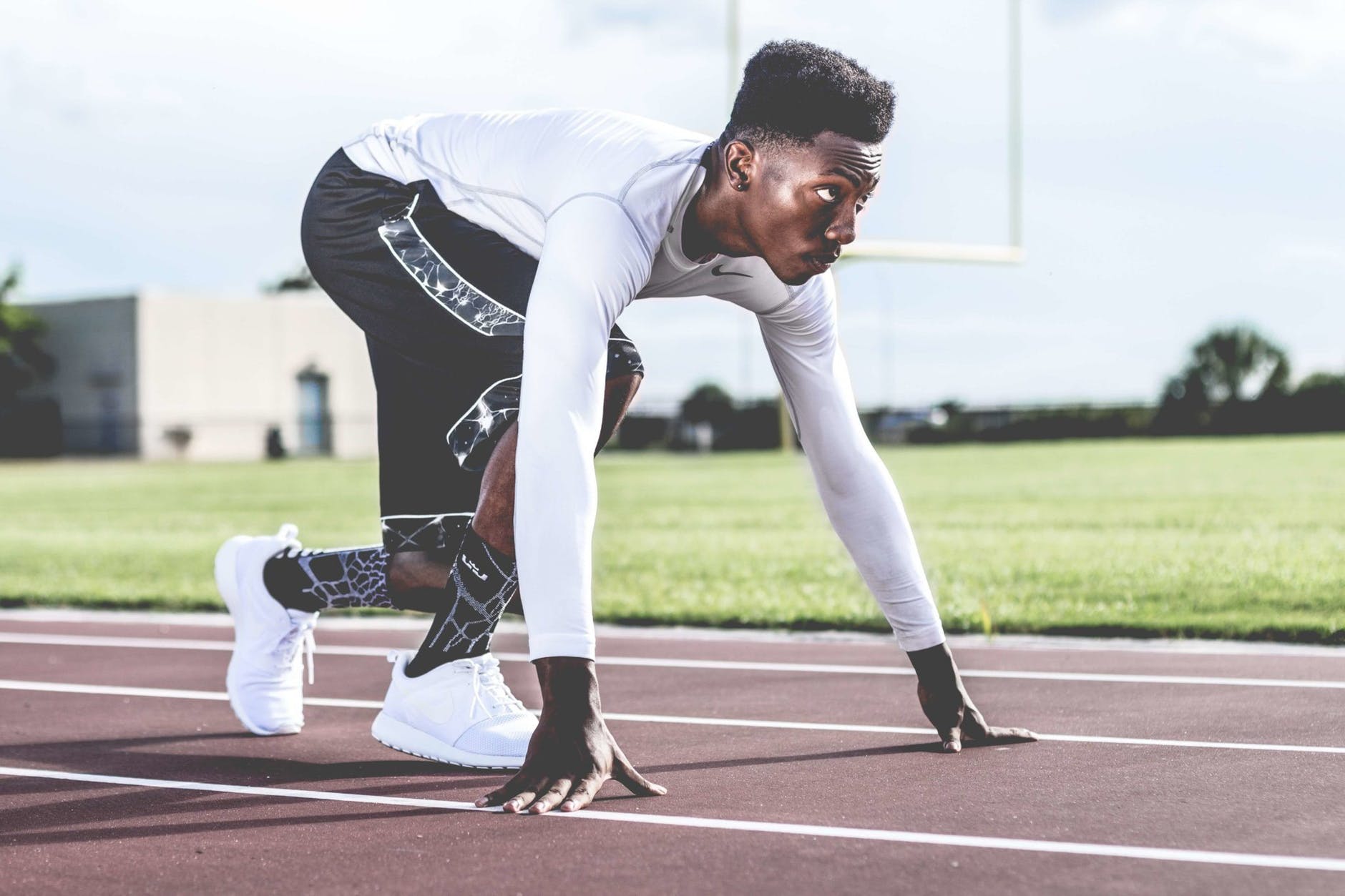I spend a lot of time writing about the fact that agility has to be sport specific. It has to train the athlete to be able to perform movements of the sport, in sports conditions, at a high level. While this is true, there are a number of important foundational abilities that can be developed This is especially important when taking a holistic look at the training of younger, multi-sport athletes.
For me, these are important foundational abilities for athletes:
- Strength
- Horizontal force production
- Mobility
- Dynamic balance
- Ability to see and move
Strength:
Strength is critical for sports performance, agility is no exception. Athletes need strength to be able to run fast, stop suddenly, accelerate, and change directions. Everything we have mentioned involves exerting force against the ground. This means that variations of the squats, deadlifts, lunges, one-legged exercises, and hip extension variations are going to be very important towards building athletic strength.
Horizontal Force Production:
The weight room is largely about vertical force production. Think about it, squats are about standing up. The snatch is about standing up. Very few weight room exercises are about moving forwards or backwards. This is a shame because it is important for agility which involves moving in multiple directions, but not just up and down. As a result, sleds, resisted sprinting, bounding, horizontal plyometrics, medicine ball throws, and even kettlebell swings are going to be important for agility success.
Mobility:
First, this isn’t referring to flexibility. This is about the ability of an athlete to move through their range of motion. This is important because if we are too tight when we try to move, it’s going to slow us down. For me, this is best addressed as part of the athlete’s warm-up.
Dynamic Balance:
This is about maintaining your balance while moving. It’s not about standing on one leg, standing on a ball, or other circus acts. There are a large number of turning (shuffle + turn, backpedal + turn, cut, etc.) drills that help to teach balance. Now, these drills are useful for this purpose (dynamic balance) but they are not substitutes for the sport-specific aspect of agility training that athletes need.
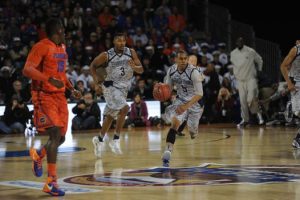
Ability to See and Move:
Sports is not about setpiece drills. It’s about seeing the field or court, reacting to the situation, and doing all of this very quickly. Athletes have to be trained to react to what they see and to select the appropriate movement patterns accordingly.
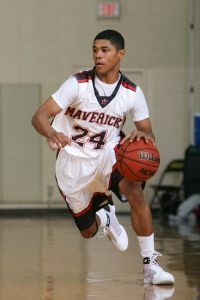
With basketball players, I have a simple dribbling drill that helps to train this. I have the athletes line up and face me, they begin dribbling (we always begin with our dominant hand) and we emphasize that they need to be looking at me (“eyes up!”). As part of this drill, I’ll motion them to walk towards me, to run, to backpedal, or to shuffle to either side. The movements change every few seconds. It’s not a big deal, but it teaches the ability to see and react.
None of the things mentioned are replacements for training sport movements and skills in situations that involve the ball or opponents. But, all of these are important abilities for an athlete to be successful .

